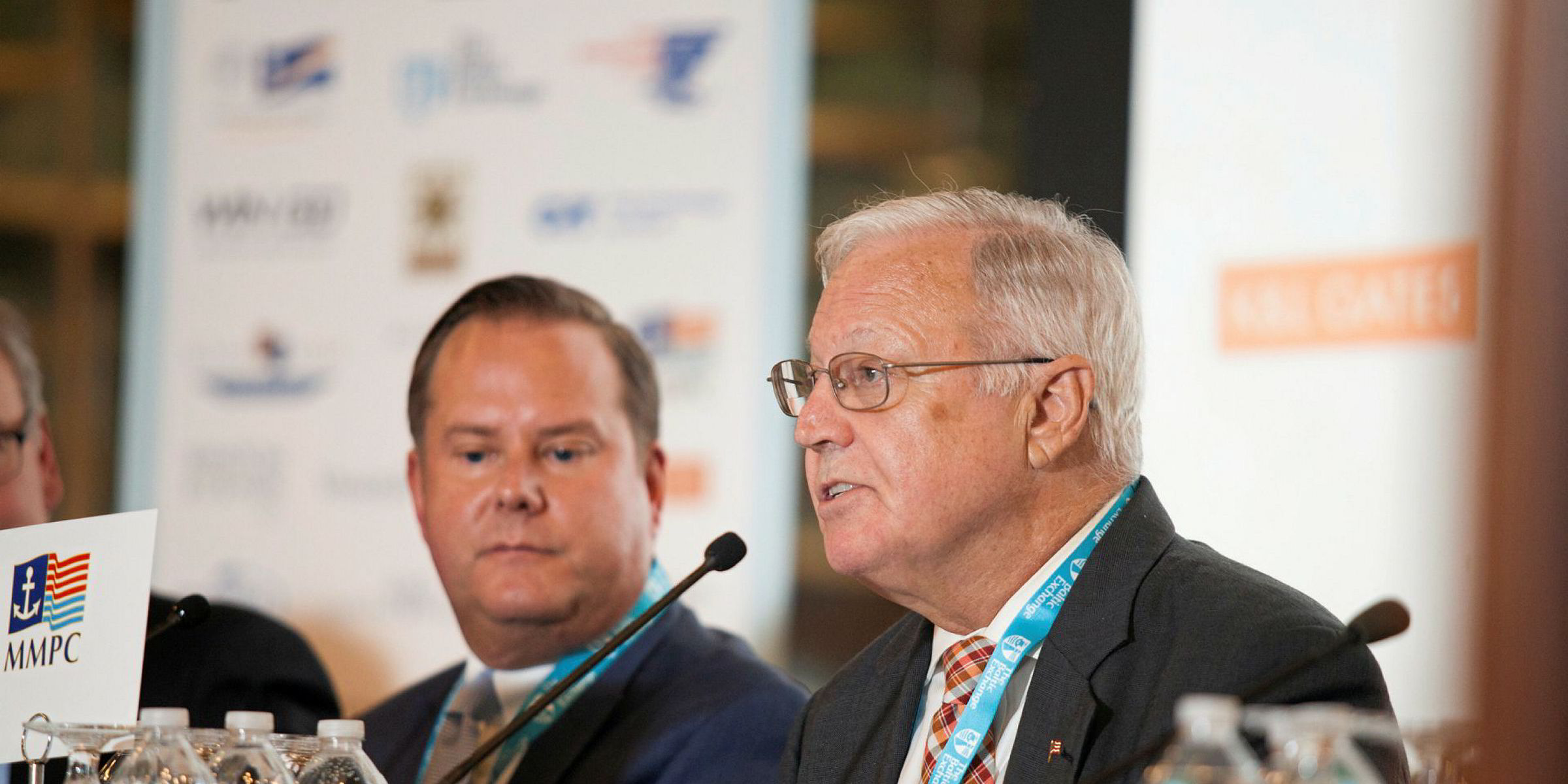I read Eric Martin’s article "El Faro: Countdown to catastrophe" in TW+, which is indeed "chilling" as well as being one more wake-up call on the Jones Act fleet. Some 33 mariners died when the 40-year-old cargoship went down.
Why am I writing this opinion piece? There are two primary reasons. Firstly, to strongly encourage that actions be taken to improve the safety of US-flag merchant vessels. Secondly, to present a case for allowing Jones Act vessels to be built overseas. I believe that acting on the second reason would essentially address most of the concerns in the first reason.
Mr Martin’s article details a number of accounts by crew and their families regarding the fears they had with the condition of this "rust bucket", as they called her. Despite these fears, the vessel apparently was in compliance with United States Coast Guard (USCG), flag state and ABS classification. So, it was technically legal for the vessel to trade... but should it have been?
A newer ship would have had more reliable diesel propulsion not a practically obsolete steam plant, which failed during the storm. It would have had more up-to-date construction, modern safety equipment, alarms when cargo holds were breached, enclosed self-launching lifeboats and so on. Instead, her obsolete equipment was grandfather-approved.
At this point, it appears the USCG and other regulatory bodies who have investigated the sinking have not issued any changes to safety or operational requirements that could have helped prevent the loss of lives — 20 months after the event. There certainly seem to be lessons to be learned and actions to be taken.
Under the nearly 100-year-old Jones Act, ships are the only mode of transport that are required to be built in the US: not aeroplanes, trucks or railroad equipment. This means that the Jones Act is acting to subsidise these other forms of transport, to the detriment of the safety and size of the US Merchant Marine fleet.
It costs about four times as much to build a ship in the US as the same ship overseas, which is why vessels such as the El Faro are kept in service well beyond their normal lives. It comes down to money, pure and simple.
The national defence argument is the one most often given for preserving the Jones Act US-build requirement. This is a bogus argument for a number of reasons:
- The US Navy and US Maritime Administration (MarAd) do not, in practice, support the US commercial shipbuilding industry. The 60-ship MarAd Maritime Security Program fleet has no US-built vessels. Similarly, the Navy’s Military Sealift Command (MSC) relies upon virtually 100% foreign-built ships for its term-chartered fleet, albeit MSC does own some US-built commercial-type vessels.
- The two or three US yards that presently build US-flag deepsea ships (not barges) can, combined, produce perhaps 10 to 12 ships per year. This is just a fraction of the number of ships that could be needed in times of crisis.
- There are literally thousands of merchant vessels owned by US and allied country companies that can be chartered or purchased during times of a crisis.
- There are many products such as computers and other electronics that are arguably more important than merchant ships for national defence. We manufacture close to none of these vital products in the US.
Employment of US shipyard workers is a second reason given for maintaining the US-build requirement. The size of the US Merchant Marine fleet would greatly expand if Jones Act ships could be built overseas, offsetting any actual loss of shipyard jobs.
Additionally, US manufacturers are penalised when trying to sell their products to non-contiguous territories such as Hawaii, Alaska, Puerto Rico and Guam because of the high build cost of Jones Act vessels.
A fear tactic used by those who oppose amending the Jones Act is that it would lead to foreign mariners taking US jobs. This is not true, no one is proposing changes to the US manning, flag and ownership requirements.
Robert Curt is former general manager of global marine transportation at ExxonMobil, former managing director at Qatar Gas Transport Co and ex-chief executive of MLR Petroleum. He is a graduate of the US Merchant Marine Academy at Kings Point, New York.




